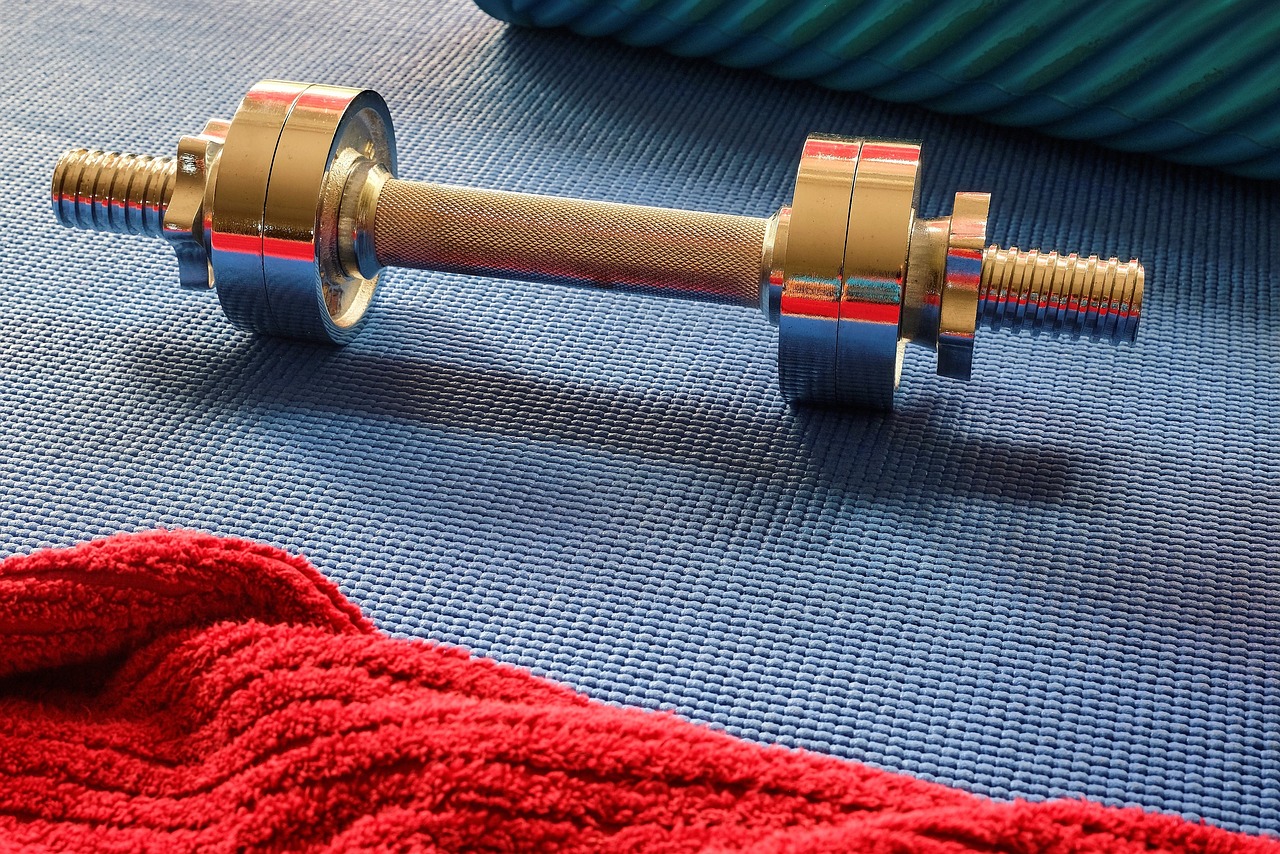
Preparation
- Setup: No equipment is required for this workout, which makes it exceptionally versatile for various locations. The absence of equipment promotes flexibility in workout settings, reduces associated costs, lowers the barrier for beginners, and enhances the focus on mastering body movements.
- Space Requirements: It is crucial to ensure adequate movement space. This entails clearing an area that permits full extension of the arms and legs in all directions. Suitable locations might include a moderately sized room, a backyard, or a quiet park space, ensuring you have sufficient space to move freely without restrictions.
Warm-Up
- Duration: Allocate 5-10 minutes for the warm-up phase.
- Activities:
- Light Cardio: Engage in light cardio activities such as jogging in place and performing jumping jacks. These activities are designed to increase the heart rate and warm up the body in preparation for more intense physical activity.
- Dynamic Stretches: Incorporate dynamic movements such as arm circles and leg swings. These exercises are essential for preparing the muscles and joints for the workout, facilitating a reduction in the risk of injury and enhancing performance during the workout. Dynamic stretches also serve to activate the muscles, ensuring they are ready for the ensuing physical exertion.
Main Workout
Workout Structure:
- Duration: The workout is composed of 10 exercises, with each exercise incorporating two variations. These variations are designed to enhance muscle engagement and prevent monotony, ensuring a comprehensive muscle workout.
- Timing:
- Active Work: Each set involves 20 seconds of active exercise.
- Isometric Hold: This is followed by 20 seconds of isometric hold, where a static position is maintained to intensify muscle contraction.
- Active Work: The cycle concludes with another 20 seconds of the exercise, completing one set.
- Rest: There are 20 seconds of rest between different exercises, which is essential for recovery and preparation for the next set.
- Types of Exercises:
- Upper Body: The exercises targeting the upper body include push-ups, dips, and rows. These exercises focus on strengthening the chest, shoulders, and back.
- Lower Body: For the lower body, typical exercises include squats, lunges, and step-ups, which target the thighs, glutes, and calves.
- Core: Core exercises such as planks, crunches, and Russian twists are crucial for strengthening the abdominal and lower back regions.
- The specific exercises are not detailed, but the aforementioned activities are representative of typical bodyweight exercises that effectively utilize one's body weight for resistance.
- Variations:
- The exercise variations may include altering the speed, amplitude, or incorporating unilateral movements, such as one-legged squats. These variations are intended to cater to different fitness levels and encourage further muscle development by challenging the body in diverse ways.
- Progression Considerations:
- To progressively increase the workout's difficulty, participants may add weights like ankle weights or increase the duration of holds and active work. This progressive increase is vital for advancing muscle strength and endurance over time.
Modifications
Adaptations for Different Fitness Levels: It is essential to adjust exercises based on individual capabilities. Modifications can include reducing the range of motion, using wall supports, or adjusting the duration of active work and holds to accommodate various fitness levels. These modifications ensure that the workout remains accessible and effective for all participants, regardless of their physical condition.
Cool Down
Stretch and Relax: After the workout, it is crucial to engage in a cool-down session that includes stretches focusing on all major muscle groups. This practice aids in recovery and enhances flexibility. Stretching is an integral part of preventing injuries and should be performed consistently after each workout session.
Sample Stretches:
- Quads: Perform a kneeling quad stretch to relieve tension in the front thigh area.
- Hamstrings: Engage in a standing hamstring stretch to elongate the back thigh muscles.
- Chest: Use a doorway for a chest stretch to open up the pectoral muscles.
- Back: Perform the cat-cow stretch to enhance spine mobility and relax the back muscles.
- Shoulders: A cross-body shoulder stretch will help release tension in the shoulder and upper arm areas.
- Hydration and Nutrition: Rehydration with water immediately after the workout is imperative. Additionally, consider consuming a balanced snack comprised of proteins and carbohydrates to aid muscle recovery and refuel the body. This nutritional support is vital for the body's repair processes and for replenishing energy stores depleted during the workout.
Encouragement and Tips
- Self-Assessment and Progress Tracking: Encourage participants to reflect on their workout experience, identifying areas of strength and aspects needing improvement. Maintaining a detailed workout log that includes exercises performed, durations, and subjective feelings during the workout can help track progress and modifications over time. This practice is crucial for gauging progress and setting future fitness goals.
- Form Cues: It is important to focus on maintaining proper form throughout each exercise to maximize the benefits and minimize the risk of injury. Proper form ensures that each exercise is as effective as possible, leading to better fitness outcomes and reduced injury risk.
- Feedback and Social Interaction: Encourage sharing workout experiences online to solicit feedback, share tips, and engage in community challenges. This interaction helps maintain motivation and can provide valuable insights into improving workout routines. Engagement with a community can also offer social support, which is beneficial for long-term workout adherence and enthusiasm.
Future Workouts
Consistency and Variety: Setting a regular schedule for workouts is essential to build and maintain strength and muscle mass effectively. It is also beneficial to introduce new exercises or variations to existing ones regularly. This approach helps to keep the workout regimen engaging and challenges different muscle groups, which can lead to better overall fitness outcomes and prevent workout monotony.






